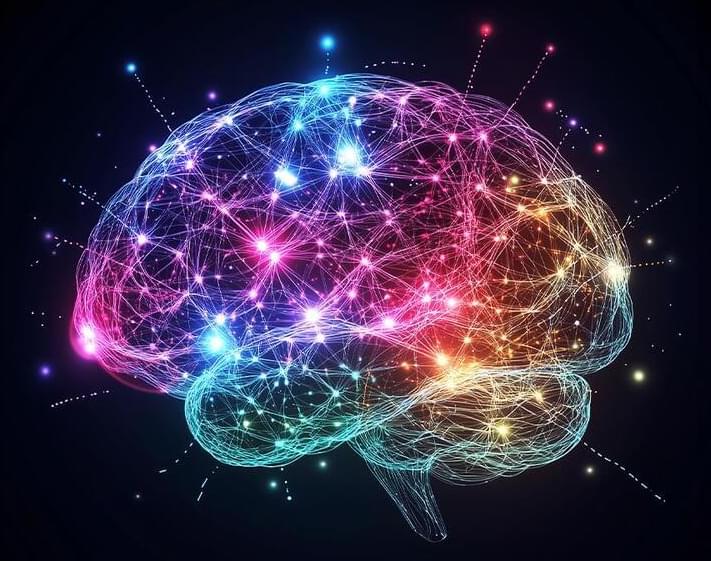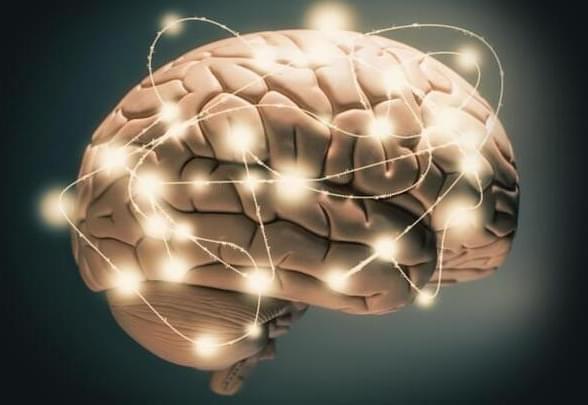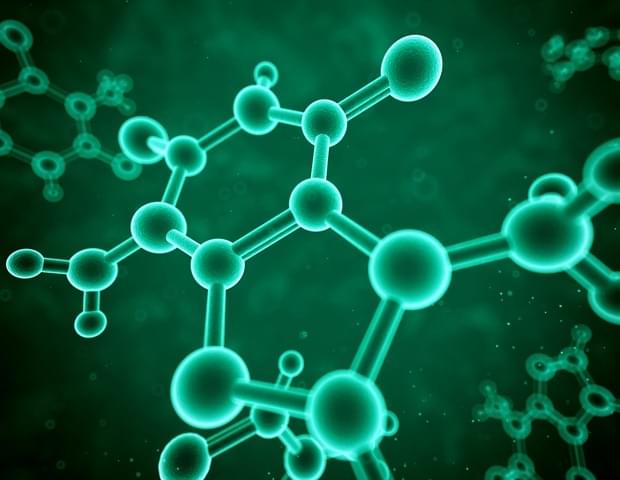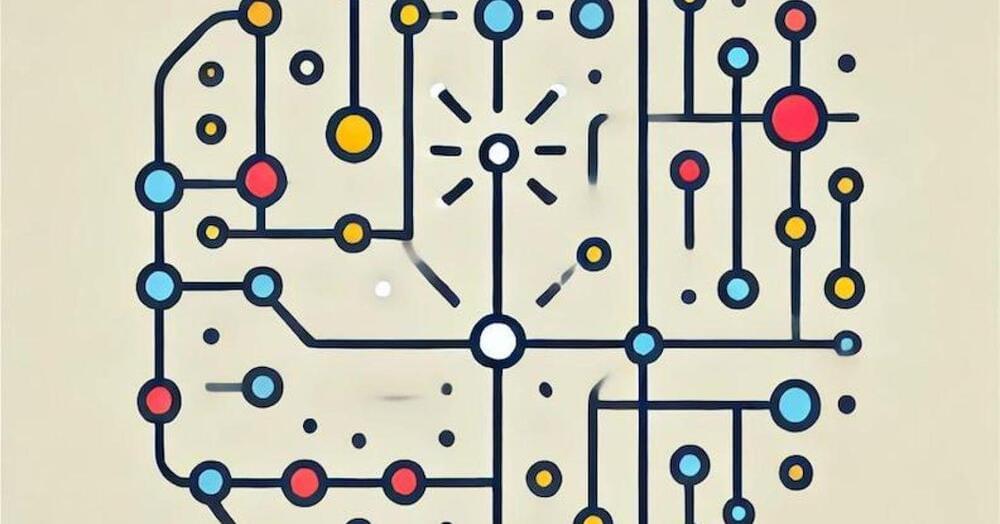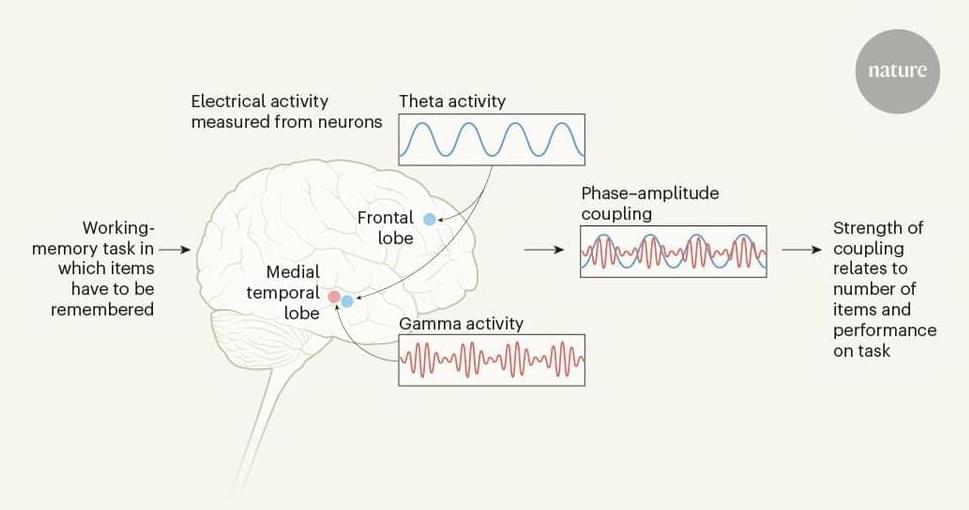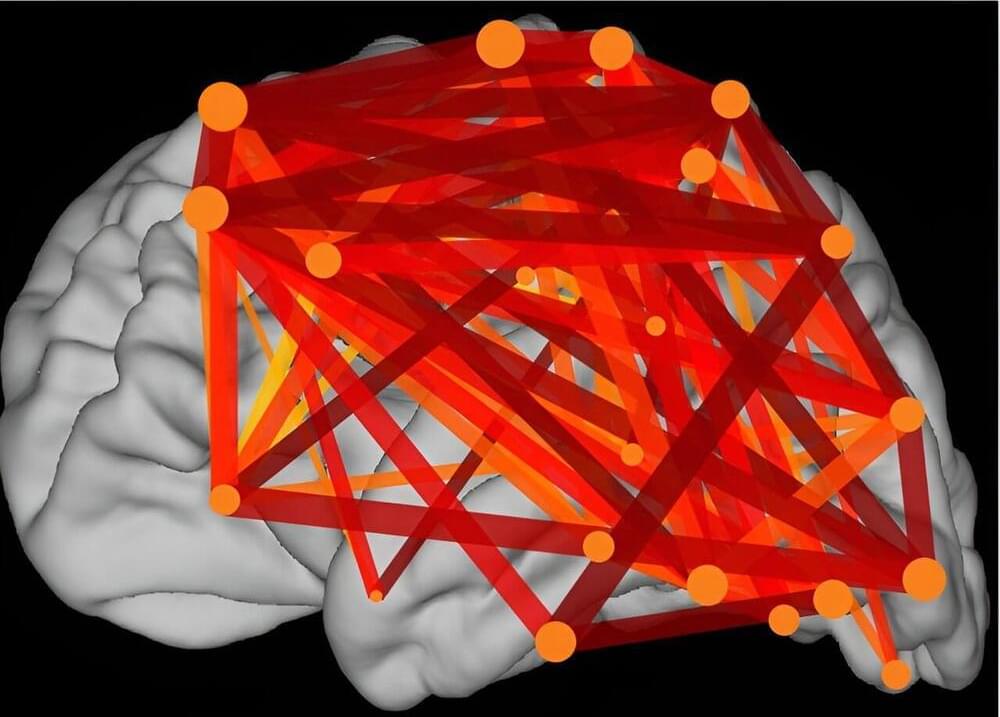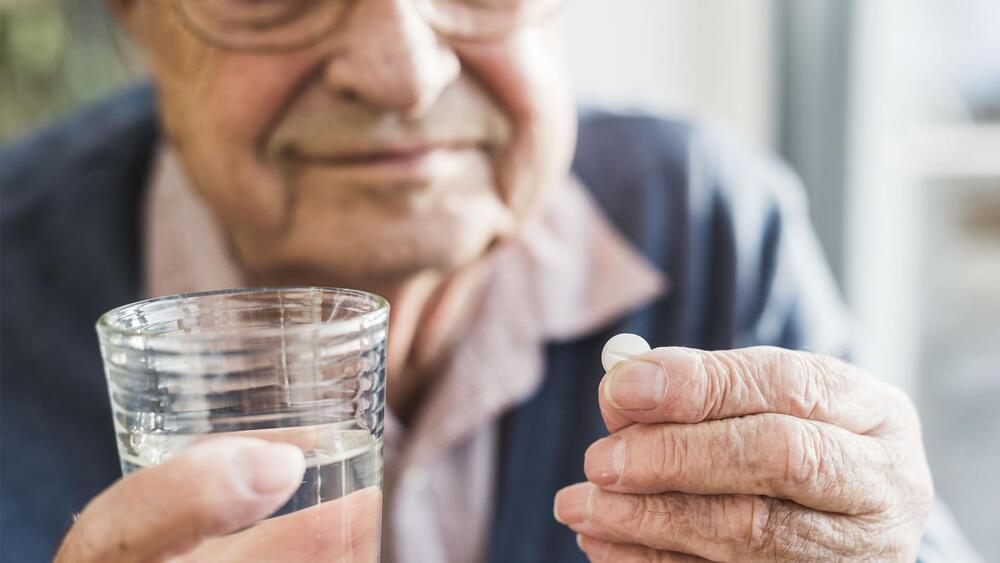Preclinical study investigates neuron-targeted partial cellular reprogramming in the hippocampus to mitigate age-related cognitive impairments.
Category: neuroscience – Page 94
A silent symphony is playing inside your brain right now as neurological pathways synchronize in an electromagnetic chorus that’s thought to give rise to consciousness.
Yet how various circuits throughout the brain align their firing is an enduring mystery, one some theorists suggest might have a solution that involves quantum entanglement.
The proposal is a bold one, not least because quantum effects tend to blur into irrelevance on scales larger than atoms and molecules. Several recent findings are forcing researchers to put their doubts on hold and reconsider whether quantum chemistry might be at work inside our minds after all.
Theories of computation and theories of the brain have close historical interrelations, the best-known examples being Turing’s introspective use of the brain’s operation as a model for his idealized computing machine (Turing 1936), McCulloch’s and Pitts’ use of ideal switching elements to model the brain (McCulloch and Pitts 1943), and von Neumann’s comparison of the logic and physics of both brains and computers (von Neumann 1958).
In a new study, a molecule identified and synthesized by UCLA Health researchers was shown to restore cognitive functions in mice with symptoms of Alzheimer’s disease by effectively jumpstarting the brain’s memory circuitry.
If proven to have similar effects in humans, the candidate compound would be novel among Alzheimer’s disease treatments in its ability to revitalize memory and cognition, study authors said.
There is really nothing like this on the market or experimentally that has been shown to do this.
Could the astonishing language abilities of LLMs hint at a deeper, more fundamental consciousness woven into the fabric of reality itself?
Anyone who’s tried to neatly gather a fitted sheet can tell you: folding is hard. Get it wrong with your laundry and the result can be a crumpled, wrinkled mess of fabric, but when folding fails among the approximately 7,000 proteins with an origami-like complexity that regulate essential cellular functions, the result can lead to one of a multitude of serious diseases ranging from emphysema and cystic fibrosis to Alzheimer’s disease.
For decades, scientists have focused on how the brain processes information in a hierarchical manner, with different brain areas specialized for different tasks. However, how these areas communicate and integrate information to form a coherent whole has remained a mystery.
Now, researchers at University of California San Diego School of Medicine have brought us closer to solving it by observing how neurons synchronize across the human brain while reading. The findings are published in Nature Human Behavior and are also the basis of a thesis by UC San Diego School of Medicine doctoral candidate Jacob Garrett.
“How the activity of the brain relates to the subjective experience of consciousness is one of the fundamental unanswered questions in modern neuroscience,” said study senior author Eric Halgren, Ph.D., professor in the Departments of Neurosciences and Radiology at UC San Diego School of Medicine.
Aging is the major risk factor for the development of chronic diseases such as cardiovascular disease, cancer, diabetes, and dementia. Therefore, drugs that slow the aging process may help extend both lifespan and healthspan (the length of time that people are healthy).
In a study published online on February 29 in Medical Research Archives, Albert Einstein College of Medicine researchers evaluated U.S. Food and Drug Administration-approved drugs for their anti-aging potential. In ranking those drugs, they gave equal weight to preclinical studies (i.e., effect on rodent lifespan and healthspan) and clinical studies (i.e., reduced mortality from diseases the drugs were not intended to treat). The four therapeutics judged most promising for targeting aging were SGLT2 inhibitors, metformin, bisphosphonates, and GLP-1 receptor agonists. Since these drugs have been approved for safety and used extensively, the researchers recommend they be evaluated for their anti-aging potential in large-scale clinical trials.
The study’s corresponding author was Nir Barzilai, M.D., director of Einstein’s Institute for Aging Research, professor of medicine and of genetics and the Ingeborg and Ira Leon Rennert Chair in Aging Research at Einstein, and a member of the National Cancer Institute–designated Montefiore Einstein Comprehensive Cancer Center. The lead author was Michael Leone, a medical student at Einstein.
Researchers wish to probe whether consciousness has a basis in quantum mechanical phenomena.
